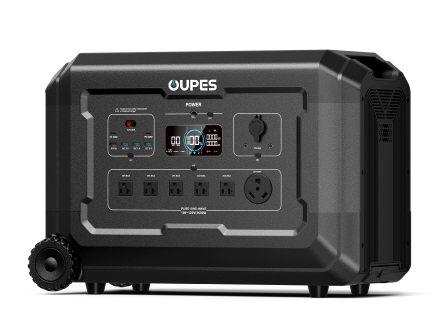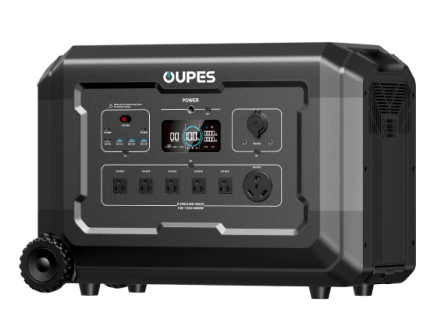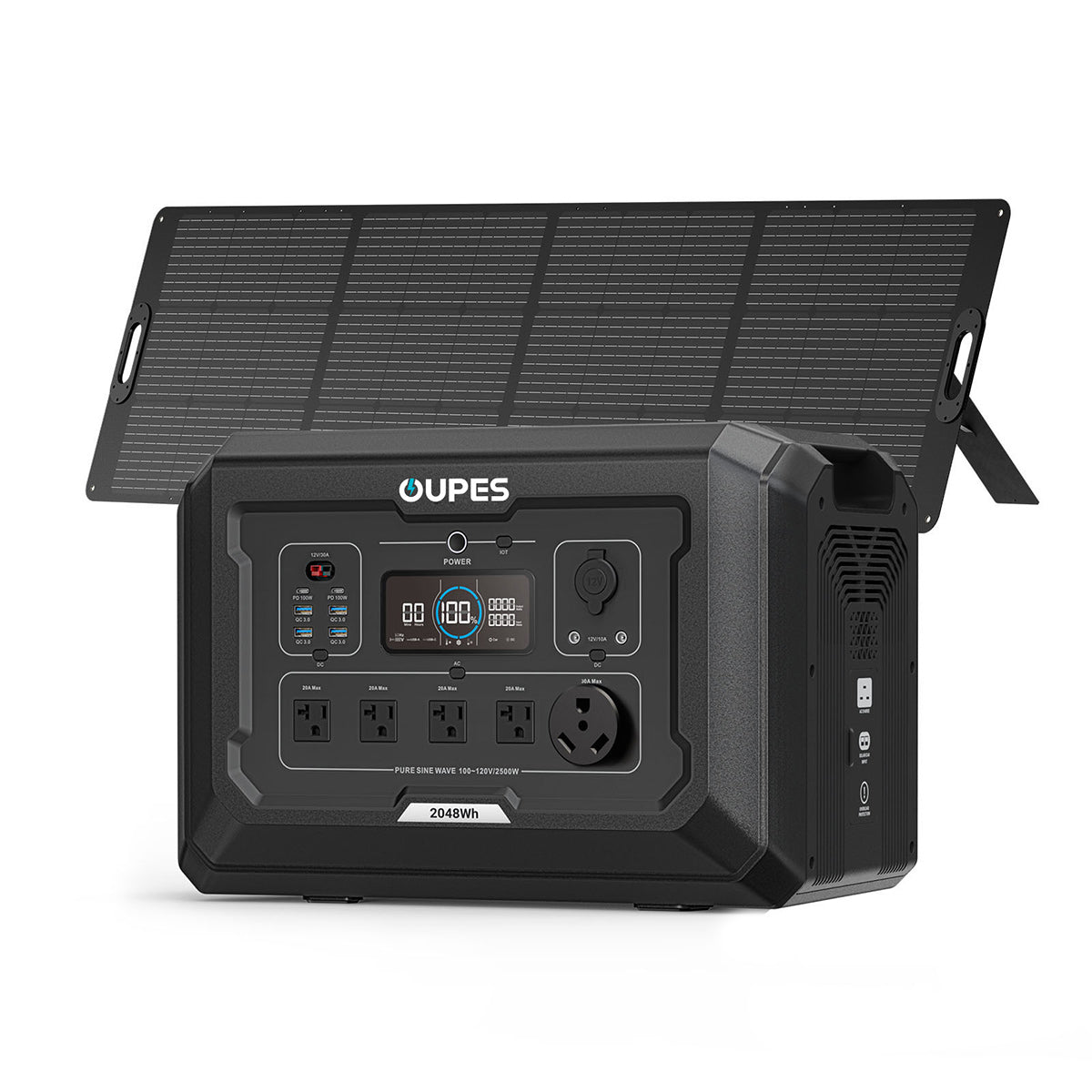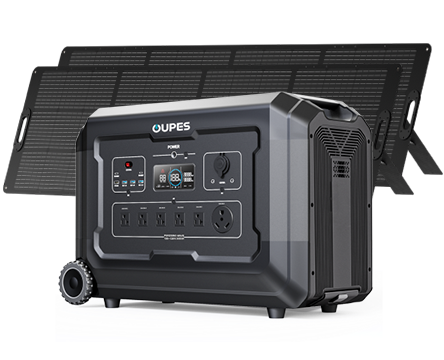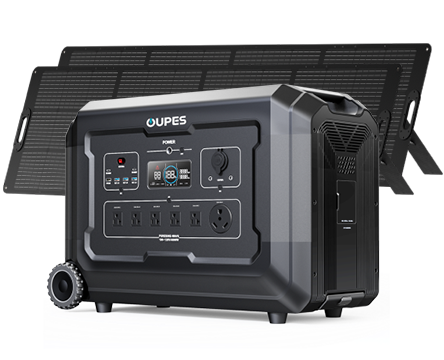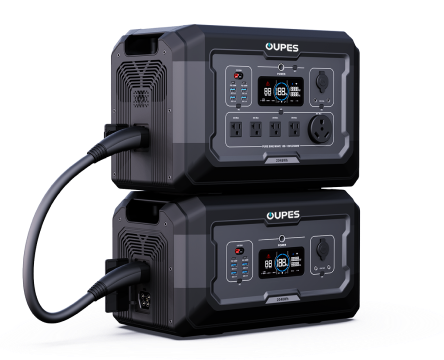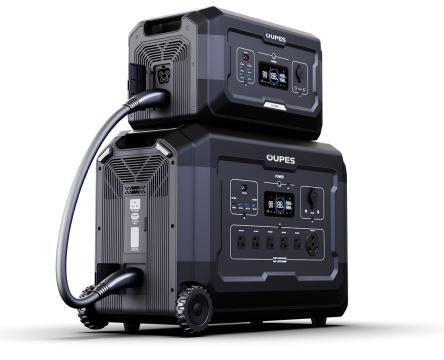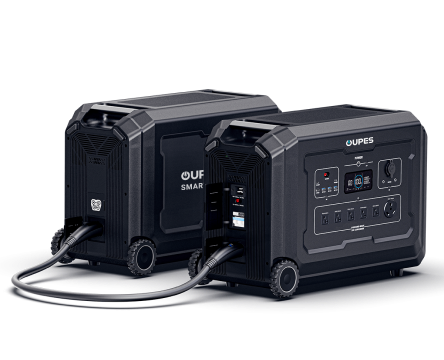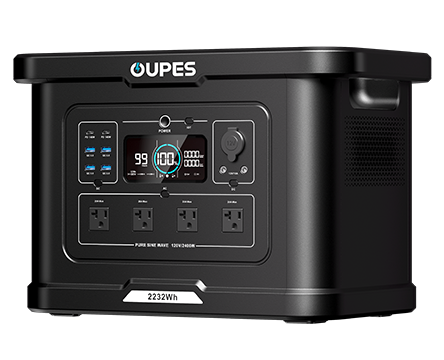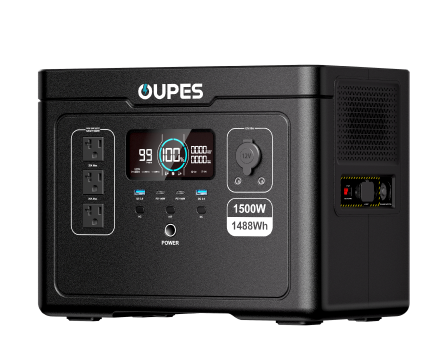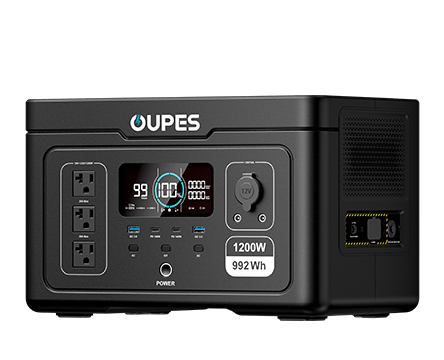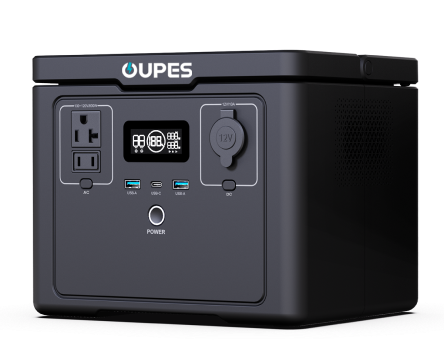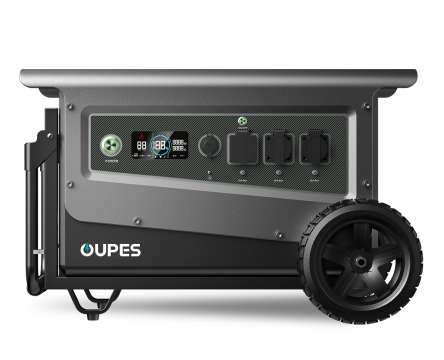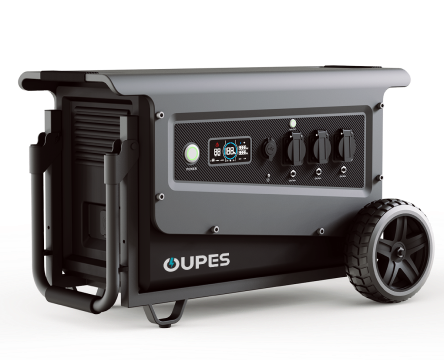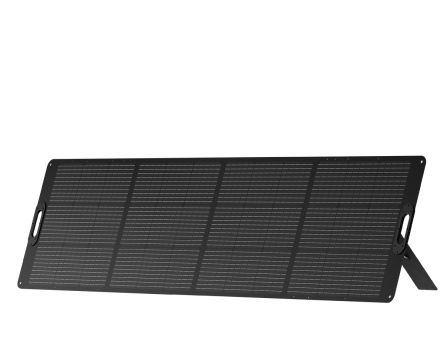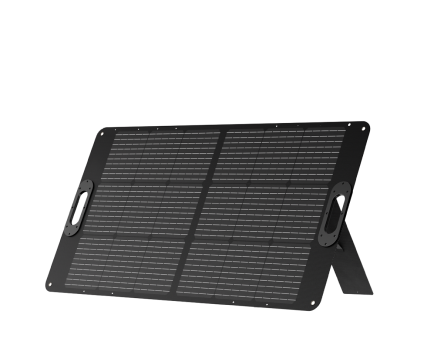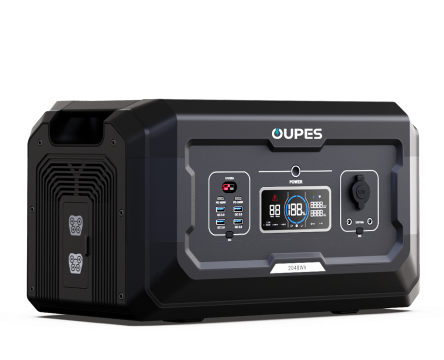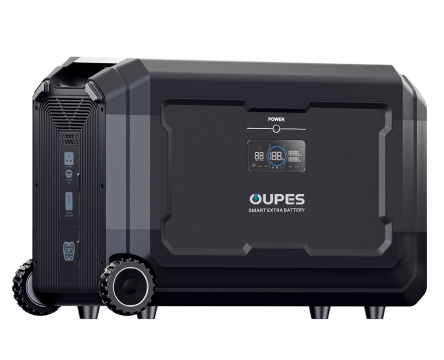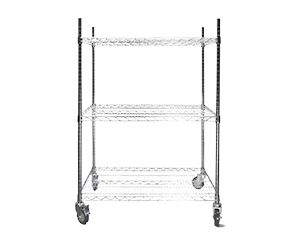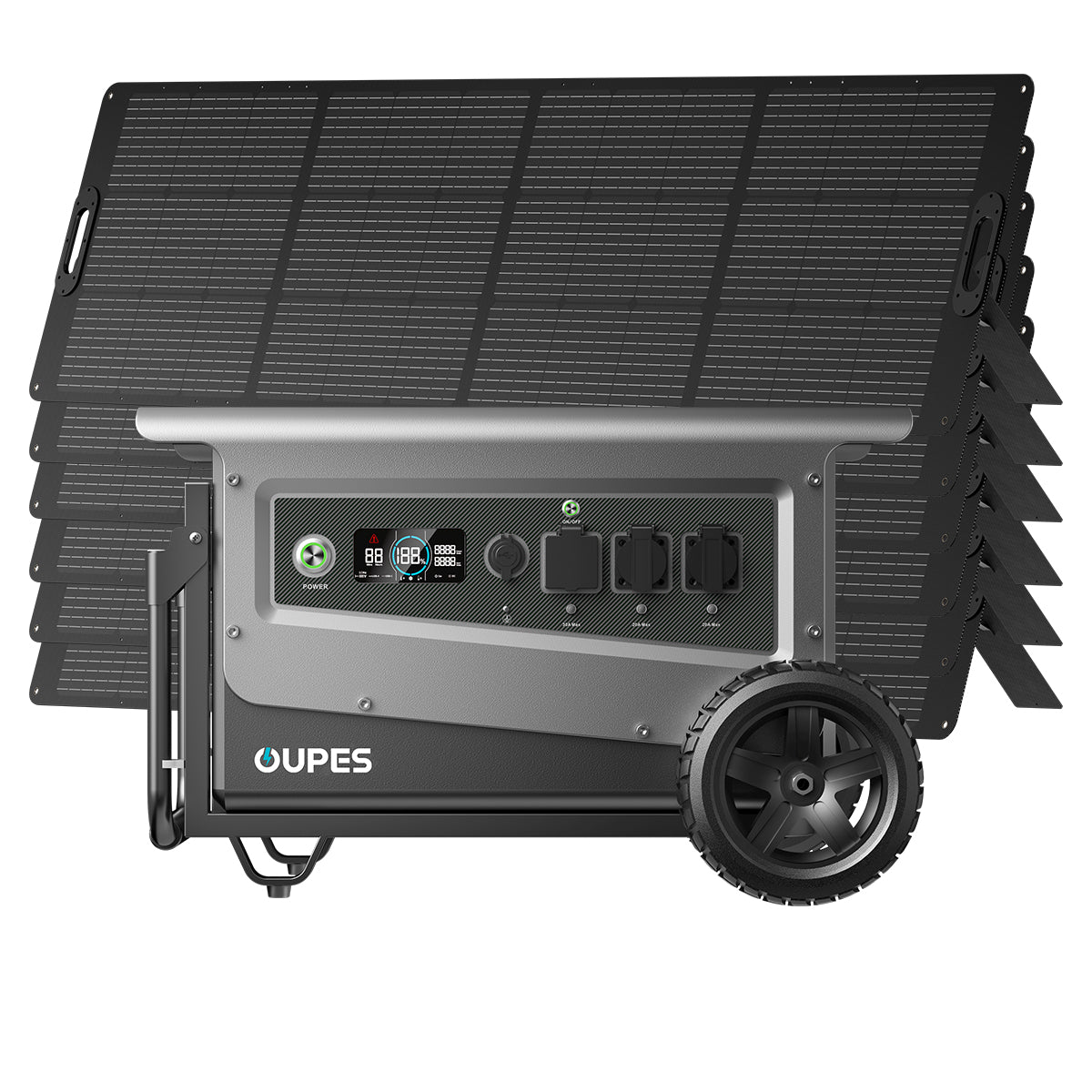
Envision a symphony—the conductor’s baton rises, and your home awakens not to grid currents but to photons dancing across silicon valleys. The cost of a whole-house solar generator isn’t a sticker price; it’s a multidimensional equation where kilowatt-hours tango with longevity, where upfront investments waltz against decades of liberation from utility whims. To dismiss this as mere appliance shopping would be to mistake a spaceship for a bicycle. Let’s dissect the fiscal anatomy of energy independence.
Beneath the surface of capacitor banks and MPPT algorithms lies a labyrinthine cost structure—part physics, part economics, part actuarial science. The OUPES Titan series whispers promises of endless summers, but at what tariff? We’re not tallying dollars; we’re appraising civilization insurance. From lithium’s metallurgical nuances to the hidden algebra of tax rebates, prepare to navigate the shadow economies of solar sovereignty.
The Component Conundrum: When Atoms Dictate Accounting
Break down a solar generator’s cost, and you’ll find three warring tribes: photovoltaic panels hungry for real estate, batteries hoarding electrons like misers, and inverters translating solar sonnets into appliance language. A baseline OUPES NovaCore 5kW system—capable of powering refrigerators, LED networks, and communication arrays—starts at $6,000. But this is merely the overture. Upgrade to self-heating LiFePO4 cells for arctic winters? Add $1,800. Opt for monocrystalline panels with quantum tunneling tech? Another $2,200. The true cost lies in customization—your energy footprint’s unique topology.
Consider the silent cost warriors: balance-of-system components. Microinverters that squeeze 20% more juice from twilight hours. Anti-PID charge controllers preventing stealthy efficiency leaks. Arc-fault circuit interrupters that morph from dormant sentinels to lifesavers during insulation failures. These unsung heroes add $1,000-$3,000 but transform a crude energy stash into a resilient power organism.
Scalability Calculus: The Art of Modular Finance
OUPES’s modular architecture turns cost planning into a four-dimensional chess game. Start with a 3kW nucleus ($4,500)—enough for critical loads. Later, bolt on battery pods ($1,200 each) as hurricanes intensify or medical devices multiply. The genius? Each addition retrofits into an intelligent mesh, communicating via CAN bus protocols to optimize charge cycles. This isn’t mere scaling; it’s financial mitosis—your system evolves with life’s vicissitudes.
But modularity demands cognitive reframing. That $15,000 10kW Titan Pro isn’t a purchase—it’s a energy annuity. Over a decade, its $0.04/kWh cost undercuts grid rates in California and New York. Factor in the avoided costs of generator rentals during blackouts ($500/day), medication spoilage ($2,000 per insulin batch lost), and remote work continuity (priceless), and the system pays invisible dividends. This is cost accounting through a Keynesian lens.
Installation’s Hidden Sonata: Labor’s Cryptic Cadence
Hardware costs sing the melody, but installation hums the baseline. A plug-and-play OUPES WanderLite demands mere outlet diplomacy—zero labor dollars. But hardwired whole-house systems? Here, electricians become symphonic composers. Permitting fees ($200-$800) open the score. Conduit runs ($15/foot) sketch the staves. Load-center retrofits ($1,500) harmonize old and new currents. In wildfire zones, rapid shutdown modules ($400) add safety codas. Nationwide, labor averages $3,000 but swells to $8,000 when upgrading antique breaker panels—a hidden movement in the cost concerto.
Yet labor isn’t pure expense—it’s risk mitigation capital. Proper grounding prevents lightning’s fiery adagio. NEC-compliant spacing avoids thermal runaway’s crescendo. That $500 critical load panel isn’t bureaucracy; it’s your insurance underwriter’s favorite prelude. Skimp here, and your cost “savings” may fuel future fire-sale losses.
Operatic Incentives: Government’s Counterpoint Melody
The Inflation Reduction Act’s 30% tax credit isn’t a coupon—it’s a fiscal fugue. Pair it with OUPES’s bundled systems, and watch costs unravel. A $20,000 system becomes $14,000 post-credit. But the composition deepens: SREC markets in Maryland and Massachusetts pay $0.02-$0.04 per solar-generated kWh. Over ten years, that’s $3,000-$7,000 in checks—a rhythmic percussion beneath the cost melody. Net metering? That’s jazz improvisation—selling excess watts back to the grid during peak rates, turning your generator into a profit soloist.
Yet incentives demand temporal awareness. Tax credits phase down post-2032. Local rebates—like San Francisco’s $3,000 battery bonus—ebb with political tides. The savvy buyer times their purchase like a bond trader, syncing with subsidy crescendos. OUPES’s seasonal promotions (free battery pod with Titan purchases) add syncopation to this fiscal rhythm.
Longevity’s Silent Economy: The Decadal Diminuendo
Here’s where OUPES’s LiFePO4 batteries rewrite cost narratives. Traditional lead-acid units demand biannual replacements—a $1,500 recurring sting. OUPES’s ArmorCell? A 12-year lifespan with 80% capacity retention. Factor this, and their $6,000 battery costs $500 annually—versus lead-acid’s $750. The lithium edge sharpens with each passing hurricane season.
But longevity’s true worth is actuarial. How much for a night’s sleep during grid collapse? For elderly parents’ oxygen concentrators thrumming uninterrupted? These aren’t line items—they’re existential credits. When climate change escalates blackouts from rare solos to daily choruses, the solar generator transitions from luxury to lifeboat—its cost measured not in dollars but in continuity.
In the final analysis, a whole-house solar generator’s cost is a quantum superposition—simultaneously a $15,000 outlay and a negative expense when disaster strikes. It’s the anti-cost—a financial entity that grows more valuable as the world unravels. With OUPES’s systems, you’re not buying electrons; you’re purchasing time itself—the ultimate currency in an unstable age.


